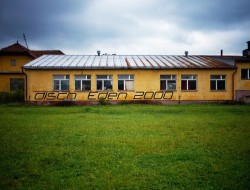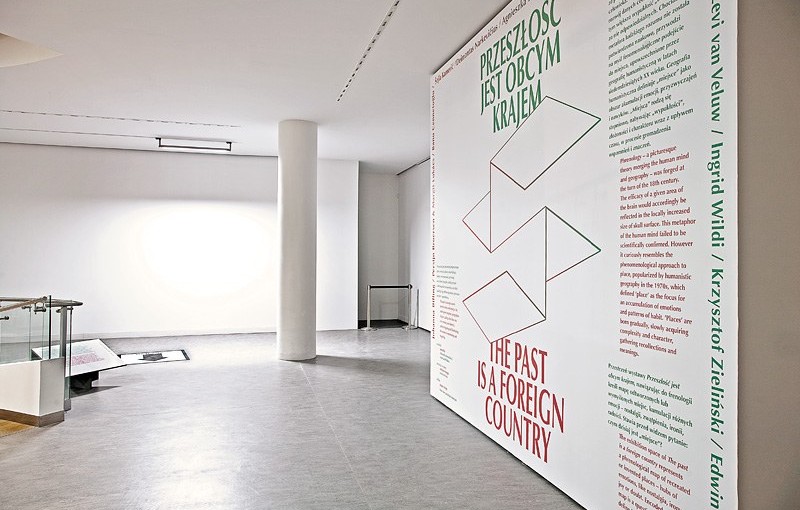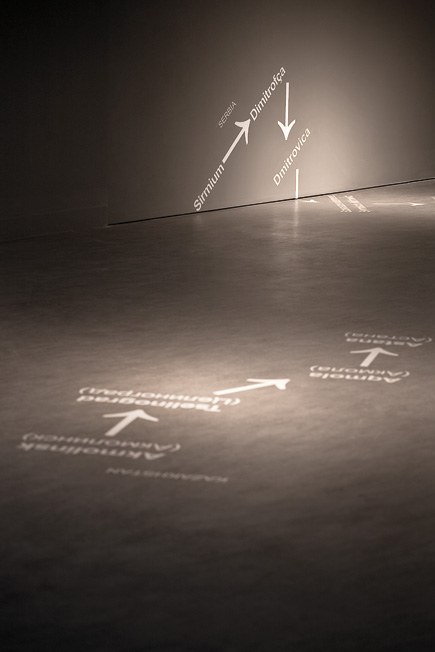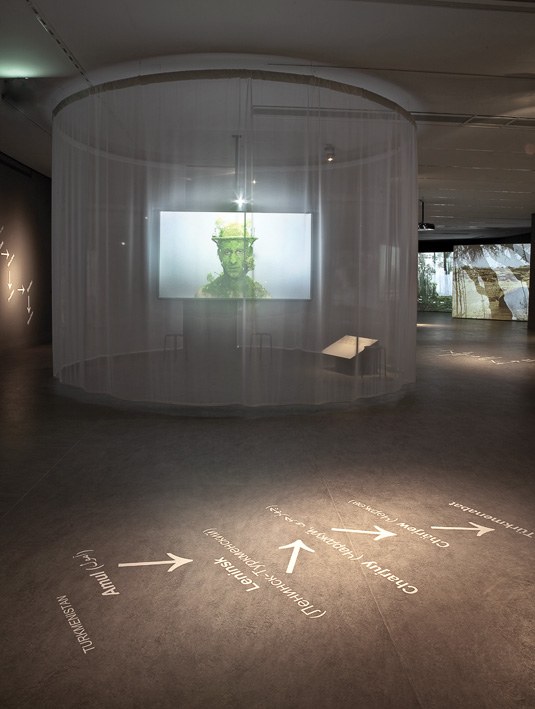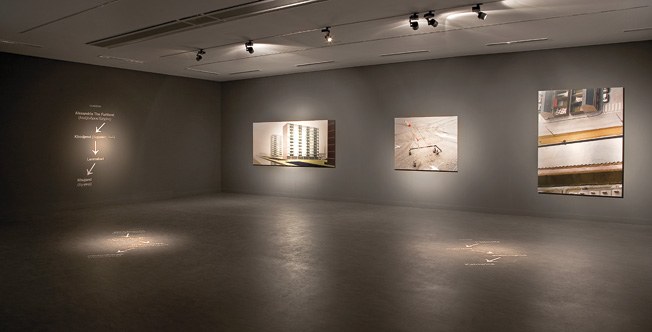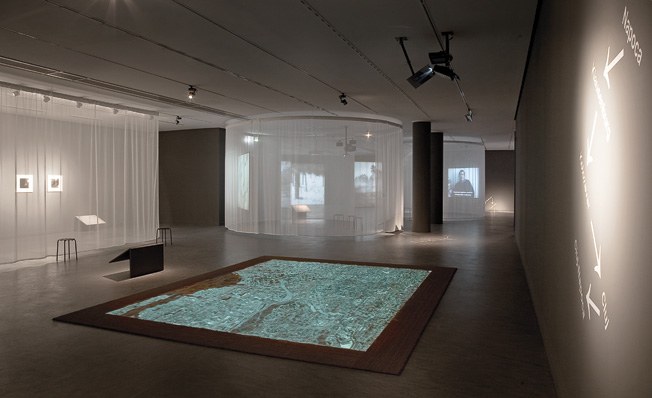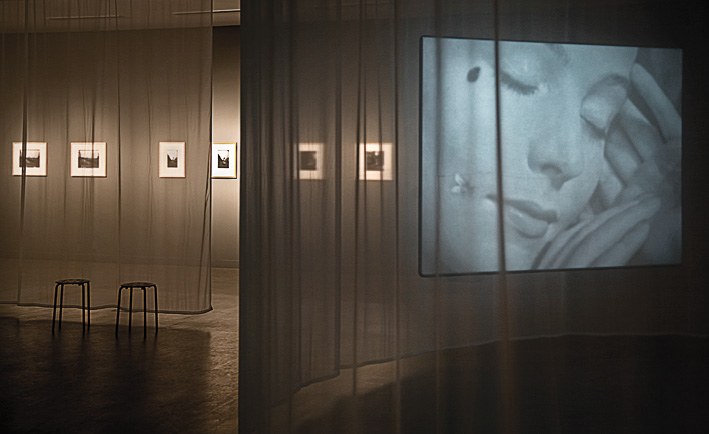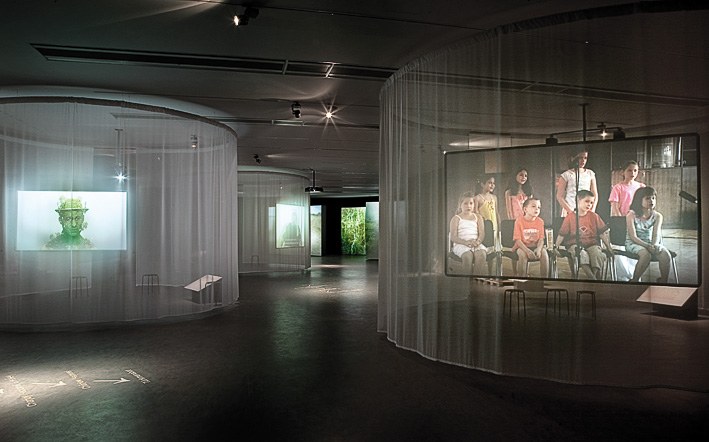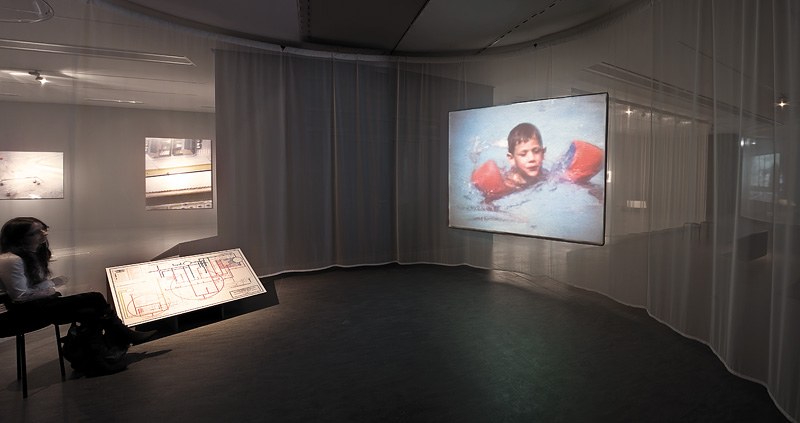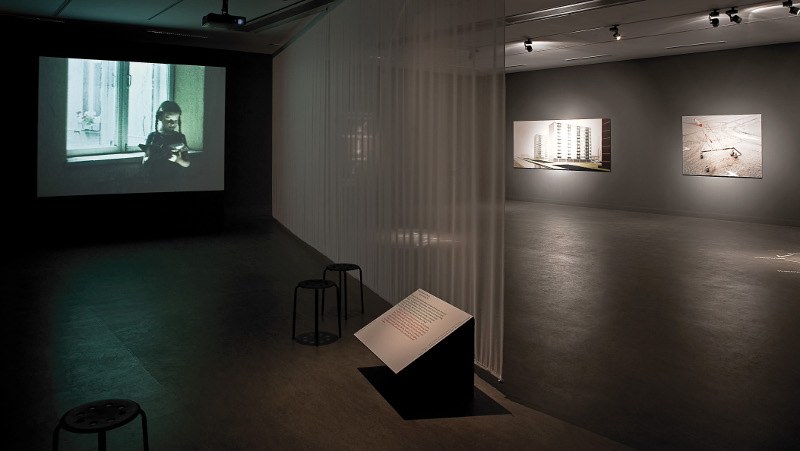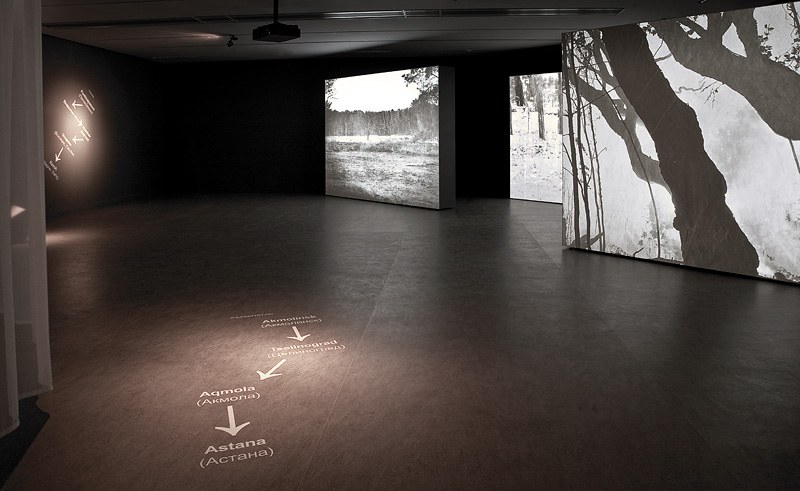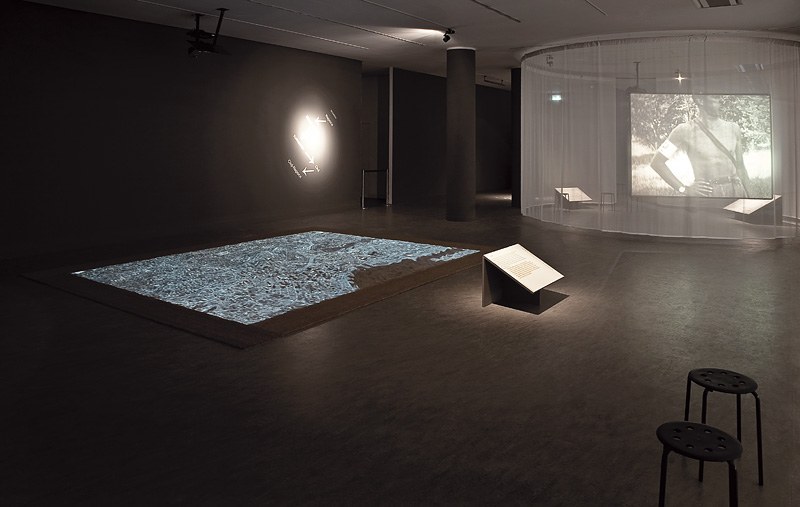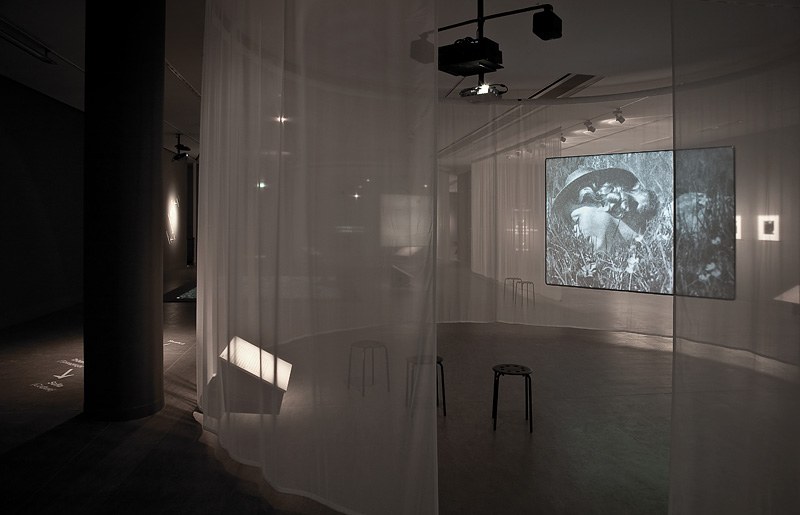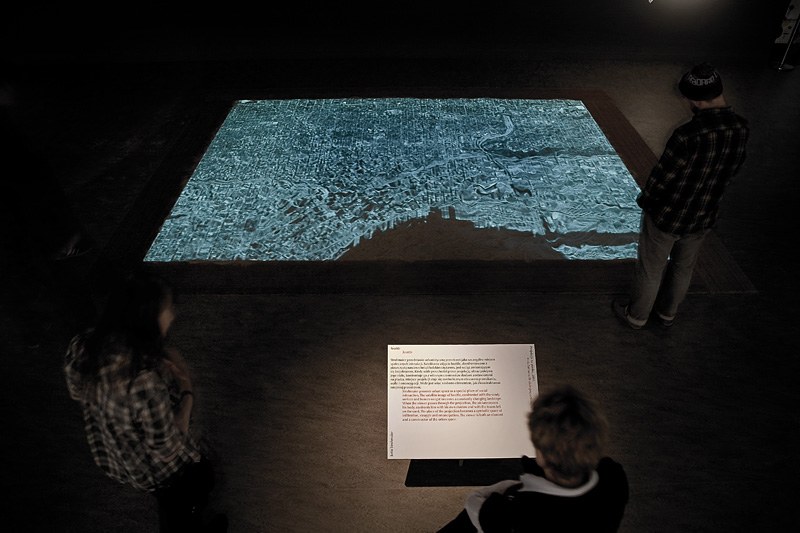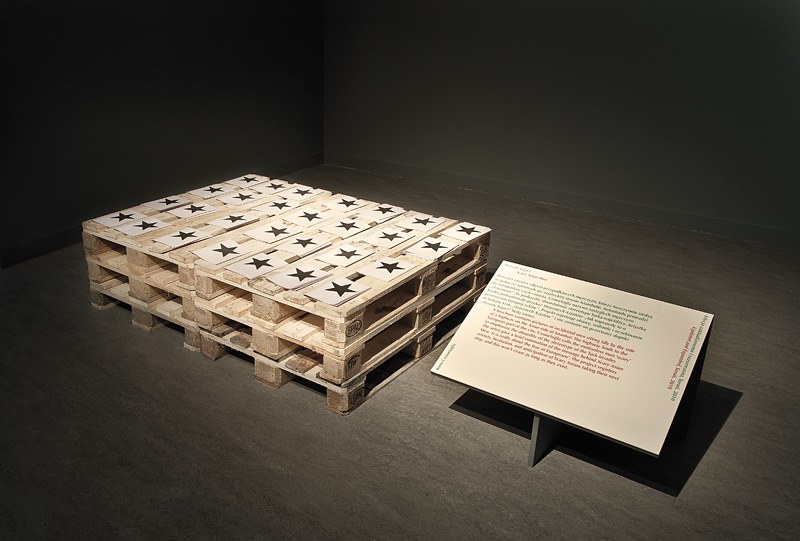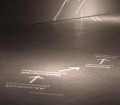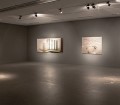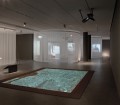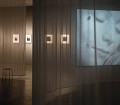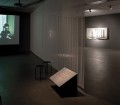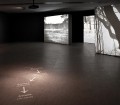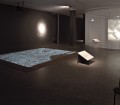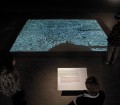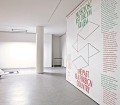23.01 – 2.05.2010
The Opening of the Exhibition: 22nd of January, 7.00PM
artists: Johanna Billing / Persijn Broersen & Margit Lukács / Banu Cennetoğlu / Šejla Kamerić / Deimantas Narkevičius / Agnieszka Polska / Jasper Rigole / Slavs and Tatars / Jutta Strohmaier / Levi van Veluw / Ingrid Wildi / Krzysztof Zieliński / Edwin Zwakman
curators: Aleksandra Kononiuk, Agnieszka Pindera
exhibition design: Jeroen de Vries
graphic design: Kasia Korczak & Boy Vereecken
The international exhibition entitled The Past is a Foreign Country presents the works of artists that materialize places from memories, animate invented geographies, ask questions concerning their connection to identity and analyze the nature of remembering and forgetting. On the day before the opening of the exhibition, we would like to invite you to the Studio + Kitchen to meet the artists participating in the project.
The exhibition area is arranged by the Dutch artist Jeroen de Vries, who thus refers to phrenology – the picturesque scientific theory of the 18th and 19th centuries that binds together geography and the human mind. It described the brain as a mosaic of areas, different in form and structure, that are responsible for the various physiological functions of the body. Franz Joseph Gall, the German scholar of anatomy and the creator of the concept thought that from the size and shape of the scull one could tell the efficiency of memory, the fluency of speech, or even more abstract characteristics such as the strength of the attachment to the family home, or the capability of building hope. The more advanced the development of given qualities or predispositions, the more bulging the areas responsible for them. Jacubus Doornik compared phrenology to cartography: the scull is like a map which marks the spots of human perception, desires, weaknesses and habits.
Despite the fact that the 19th century metaphor of the human brain did not find scientific confirmation, it brings about the connotation to the phenomenological approach to place, which was propagated by humanistic geography in the 1970s. Humanistic geography defines place as an area accumulating emotions, habits and customs. Places appear gradually, they gain their ‚bulge’, their complexity and features over time, in the process of gathering memories and meanings.
The artists that have been invited to participate in the project document various places, such as utopian places (Paradise Recollected by Jasper Rigole), archetypical places (The Calendar by Agnieszka Polska), close places (diptychs from the Briesen series by Krzysztof Zieliński), historical places (Legend Coming Trueby Deimantas Narkevičius). They also picture spaces that do not belong to anyone, those that are described by Marc Augé as non-places (Here is Everywhere by Persijn Broersen i Margit Lukács). They speak of the longing for one’s place in the world, as does HomeSICK by Šejla Kamerić, the work that opens the exhibition.
The continuous wanderlust, a nostalgia for a foreign country, the necessity to escape and cross boundaries which is discussed by the artists, discourages from settling down. The topophilia – emotional, aesthetic or intellectual connection between a human being and a given place, is being replaced by topophobia – a hostility towards places. Contemporary tourists, migrants and virtual travelers are consistently losing their will to settle down. The continuous relocating and the process of erasing places from the memory is accompanied by the feeling of uncertainty and fear of the surrounding world, which in turn, paradoxically causes a longing for stability.
The Past is a Foreign Country will make a map of recreated and invented places, an accumulation of various emotions – nostalgia, despair, irony, happiness – thus posing the question: what is place today?
The events accompanying the opening of the exhibition include a meeting with the artists on the day before the grand opening, on the 21st of January in Studio + Kitchen.
/Studio + Kitchen, 5.00 PM
Love me, love me not
– a presentation of the artistic collective Slavs and Tatars
Slavs and Tatars will tell You about their projects, such as Kidnapping Mountains and Love me, love me not, which is being shown at the exhibition. During the meeting the book that shares the very same title will be presented for the first time.
Slavs and Tatars were formed in 2005. Their members are interested in the polemics and relations between the inhabitants of the lands east of the former Berlin Wall and west of the Great Wall of China. The collective’s work spans several media, disciplines, and a broad spectrum of cultural registers (high and low) focusing on an oft-forgotten sphere of influence between Slavs, Caucasians and Central Asians.
/Studio + Kitchen, 6.30PM
Exhibitonmaking and design backstage, an introduction.
A lecture by Jeroen de Vries.
Jeroen de Vries (b. 1947) lives and works in Amsterdam and Belgrad. He graduated from industrial design at Gerrit Rietveld Academie and Visual Communications at Rijksacademie. He works as an independent producer, a lecturer, he also arranges exhibitions. He designed for: Amsterdams Historisch Museum (Holland), Haagse Gemeentemuseum (Holland), Stedelijk Museum (Holland), Netherlands Fotomuseum (Holland), Kröller-Müller Museum (Holland), Wexner Center for Arts (USA), Centre de Cultura Contemporània de Barcelona (Spain) Maison Européenne de la Photographie (France), International Centre of Photography (USA), Les Voûtes (France). For many years he has cooperated with the Paradox organization, which specializes in multimedia enterprises in the field of expositions.
/1st Floor CoCA, the area of the exhibition, 8.00PM
A meeting with the artists and an open discussion concerning the significance of artistic media in creating and recreating (the idea) of space in the lives of the contemporary nomads: the travelers, migrants and virtual travelers.
A special walk through the exhibition with the author of the arrangement, (Jeroen de Vries), the curators (Aleksandra Kononiuk, Agnieszka Pindera), and the artists (Persijn Broersen & Margit Lukács, Banu Cennetoğlu, Agnieszka Polska, Jasper Rigole, Slavs and Tatars, Jutta Strohmaier, Levi van Veluw and Krzysztof Zieliński).
 The Institution is funded from the budget of Toruń Municipality
The Institution is funded from the budget of Toruń Municipality
